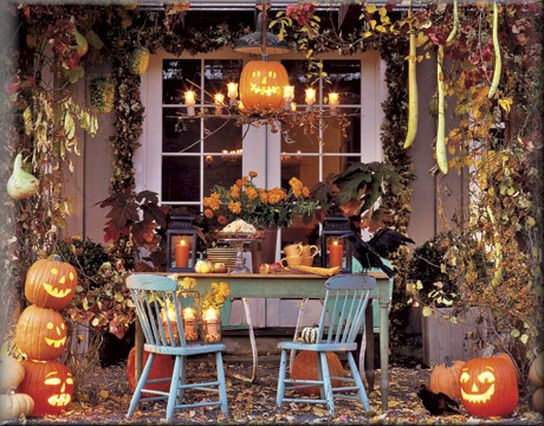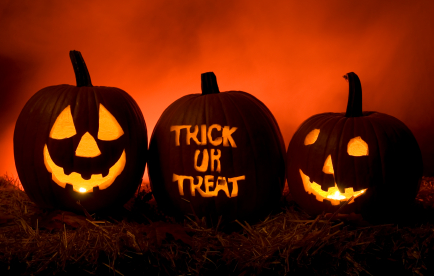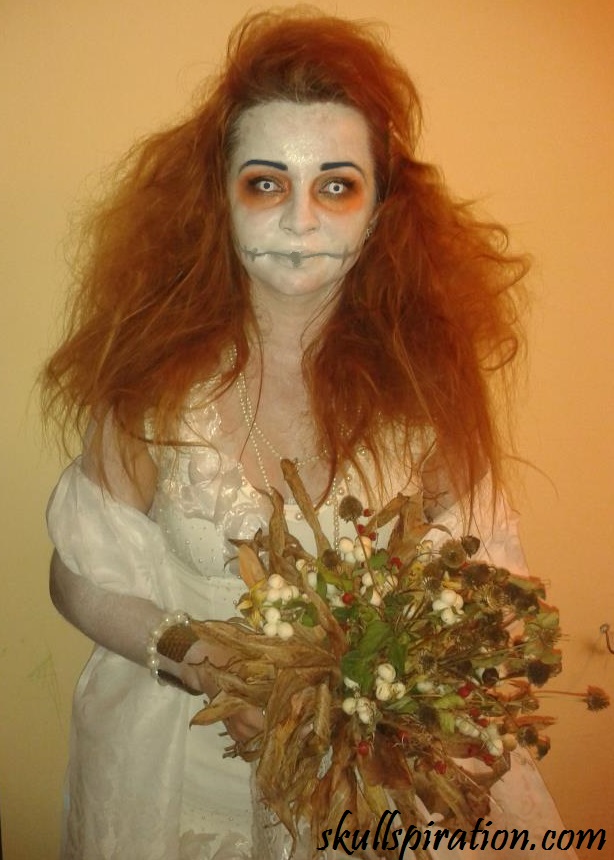Although Halloween is celebrated as a commercial holiday in most countries, there are still many differences in the way it is observed throughout the world. While costumes and candy are part of most observances, the reasons for these differ greatly depending upon location.
In Ireland, where the idea of Halloween was purported to have begun, adults and children often dress up as creatures of the underworld. Bonfires and fireworks are a huge part of Halloween festivities and major cities have large organized celebrations that include carnivals as well.
In Chinese Asia, the Halloween celebration is known as the “Festival of the Hungry Ghosts.” This is a time to present gifts to the dead and ward off evil spirits. In Singapore, this is a month-long celebration which includes banquets and live music and theater. In Hong Kong, western versions of Halloween are incorporated with local customs.
Though the tradition is fading, many people in the Philippines still celebrate “Pangangaluluwa.” Children gather in groups and go house to house singing songs requesting food or money. Often small items will disappear from a home on Halloween night only to be returned the following day, which some Filipinos believe to be a manifestation of the spirits of loved ones who have passed.
Halloween celebrations in Latin America are rooted in the western interpretation of Halloween. Children dress in costume and visit homes asking for candy. Because there is no interpretation of the phrase “trick or treat”, the Latin American version is “Tricky tricky Halloween, I want candy for me, If there is no candy for me, Your nose will grow!”
Modern Halloween has been commercialized by Americans and spread throughout the world. Canada, Great Britain, Australia, Eastern Europe and other developed nations celebrate in comparable ways. Halloween is an $8 billion dollar industry thanks to the western notions of buying candy, costumes and decorations. Halloween was commercialized due the popularity with children, who enjoy dressing in costume and receiving candy. But the major popularity growth in this holiday has been the fairly recent belief by adults that Halloween is a holiday for them as well. Two out of three adults believe Halloween to be for them and not just for children, and over 6 million adults wear costumes and celebrate in one way or another each year.
While adults have taken over the holiday to some extent, there have been many changes to how Halloween is celebrated with children in recent years. Many churches have begun to offer festivals for children where they can still dress in costume (but not witches, vampires, etc) and receive candy during “Trunk or Treat” celebrations. Other concerns surrounding Halloween and children include the rising epidemic of obesity in children, and the belief by some that wearing “evil” costumes can be linked to children’s unhappiness.
From its pagan roots to the commercialism of today, Halloween is still one of the most popular holidays throughout the world. Really, how can you go wrong with playing “dress-up” and getting free candy?












